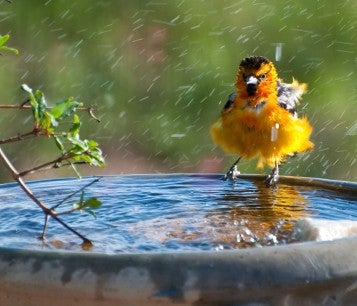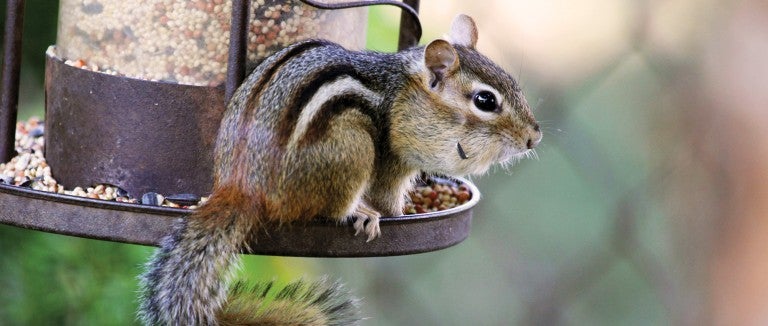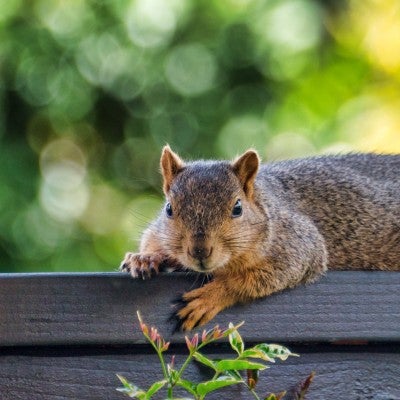Although most commonly found in forests, chipmunks will also make their homes in yards, where you might see them in and around stone walls, under walkways or patios, or in gardens. The pleasure that comes from having them around is great in comparison to any problems they may create.
Contents
No matter how big or small your outdoor space, you can create a haven for local wildlife. By providing basic needs like water, food and shelter, you can make a difference in your own backyard.

What do chipmunks eat?
Chipmunks don’t usually damage property, but they may injure ornamental plants when they harvest fruits and nuts. Occasionally chipmunks dig up and eat spring flowering bulbs and burrow in flower beds or under sidewalks and porches, but there are no documented cases of a chipmunk burrow causing structural damage.
How do I get rid of chipmunks?
If you find a chipmunk indoors, they’re there by accident and will be glad to leave as soon as you provide a way to escape.
- Place any cats, dogs and children in another room. Close all interior doors and open a window or exterior door in the room.
- Leave the chipmunk alone, so they can find their way out.
- If there is no possible exit, set a live trap baited with peanut butter on the floor near the chipmunk and leave them alone for a few hours.
If trapping isn’t an option, try capturing the chipmunk in a heavy towel.
- Put on heavy gloves.
- Slowly approach the chipmunk with the heavy towel held in front of your body, so that they don’t see a human form.
- Drop the towel on the chipmunk and quickly roll it up, taking care not to put too much weight or pressure on them.
- Take the chipmunk in the towel immediately outside and gently open it on the ground, letting them escape.
Once the chipmunk is out, look for the entryway and take steps to keep it from happening again.
How can I keep chipmunks out of my yard?
Some people believe that chipmunk tunnels under walkways and in the yard cause damage. Taking advantage of that misconception, some wildlife control businesses will trap and kill chipmunks for a fee—but this isn’t necessary. If you don’t enjoy watching chipmunks scurry around your yard, try these tactics.
- Use an L-shaped footer to keep them from burrowing around foundations, sidewalks, porches and retaining walls.
- Remove wood or rock piles and trim back plantings that provide cover or food sources around the area of concern.
- Surround the area with a plant-free gravel border.
- Plant flower bulbs beneath a wire or plastic screen ground cover or in bulb cages; this mesh should be large enough (1x1”) to allow plants to sprout but small enough to prevent digging.
If you want to discourage them from rummaging through bird feeders, try picking up spilled seeds, placing feeders where chipmunks can’t get to them or choose a different type of seed if they seem to have a favorite.
What can I use to repel chipmunks?
There are no repellents registered for use on chipmunks, but commercial repellents that promise to repel squirrels will also repel chipmunks. Bulbs soaked in a thiram-based repellent before planting may also deter chipmunks. You can also simply use daffodils (Narcissus) or Allium for spring planting—these bulbs are usually not eaten by wildlife.

